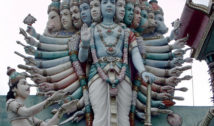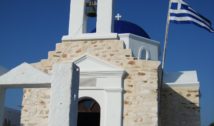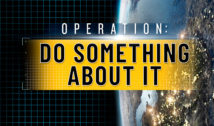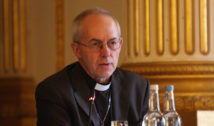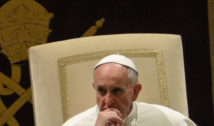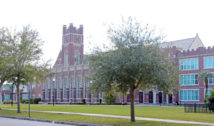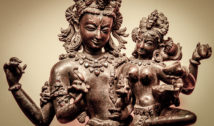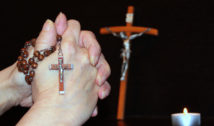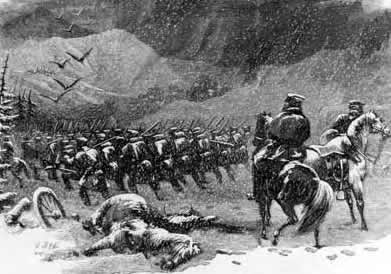
Pioneer Day and The Civil War Everyone Forgot
- By Alison Lesley --
- 20 Jul 2017 --

The Utah War was the United States Government vs. Latter-day Saints.
A war with no battles. The first rebellion by a state in U.S. History. Or was it? The strange, convoluted events that describe the “Utah War” make it one of the most fascinating events in American history. Yet few outside of Utah know about it. How did it start? What happened? And why doesn’t it get talked about?
Pioneer Day and The Civil War Everyone Forgot[/tweetthis]
Latter-day Saints had begun settling into the area we call Utah since 1847. Having been violently expelled from their homes, their leader Joseph Smith beaten to death, and facing years of religious persecution, they were ready to stay. The United States Federal Government was not so willing to help. Distrust was high on both sides. Brigham Young, the leader of the Mormons was frustrated that Utah was not being granted statehood. He also thought the federal officials being brought in were “carpetbaggers” and lacked the skills necessary for the job. This was an accurate statement. No one wanted to move to Utah, so the federal officials who did were usually not the best and the brightest.
The United States Federal Government had two issues. First, was religious discrimination as the the 1856 Republican Party’s platform was in part a pledge to stop the “twin relics of barbarism—polygamy and slavery.” Second, although Brigham Young was made the provisional governor, Mormons were using their own court system over the federal legal system. The fear of an independent, religious state existing in the continent made officials nervous.
This came to a head in 1857 when President Buchanan sent a replacement for Brigham Young as governor. He included around 2,500 US soldiers or 20% of the army. What he did not do is tell the Mormons that the soldiers had strict orders not to use violence. When Brigham Young heard about the soldiers, he believed this was going to be a military campaign to remove Mormons from power and their homes.
So, both sides made mistakes based on perception. The Mormons began to prepare their militia, military emplacements, and supplies for a potential war. The conflict that happened was not a shooting war. Mormon scouts began to disrupt supply lines, scare livestock, burn grass, and play loud music at night to keep soldiers restless and hungry. The most famous incident was the hijacking and destruction of three federal trains worth $1 million dollars (around $26 million today). So, for around a year in 1857, groups of Mormons were actively disrupting a significant minority of the U.S. Army while both sides thought a war was going to happen.
While there were minor skirmishes, the most horrific violence was during the Mountain Meadows Massacre. A combination of Utah militia and Native Americans slaughtered 120 men, women, and children. This group of settlers were on neither side, they were just passing through on their way to California. This attack was attributed to fear of outsiders and hysteria caused by the conflict. So, the biggest act of violence was on a group with zero connection to the fighting.
Finally, Brigham Young as able to negotiate with government representatives. He would remain head of the church, but not the governor. During this time 30,000 Mormons left their homes to move to Southern Utah. They did not want to live under federal rule. They even took the doors. A few Mormons were left with instructions to burn everything if soldiers did anything wrong.
Don't forget the Utah War! –when the U.S. raised an army to crush an alleged Mormon rebellion but was held at bay on the plains of Wyoming.
— The Utah War (@UtahWar) July 6, 2017
The incident created so much anger that Brigham Young refused to give any aid to the Union during the Civil War, beyond helping with local communication and trade routes.
Why don’t Americans know more about this event? The answer is that it was more about lack of communication than a planned insurrection. It also had less of a national effect. While part of Pioneer Day does involve the Utah War, it heavily affected a smaller percentage of the population. There were no clear winners. No group got entirely what they wanted. The United States did not get control and the event was referred to as Buchanan’s Blunder. Utah did not get recognized as a state until 1896 and Mormons are still suffering from religious bigotry.
Or it could be that there is little history we know well. Half of Americans polled believe the Civil War happened before the American Revolution.

